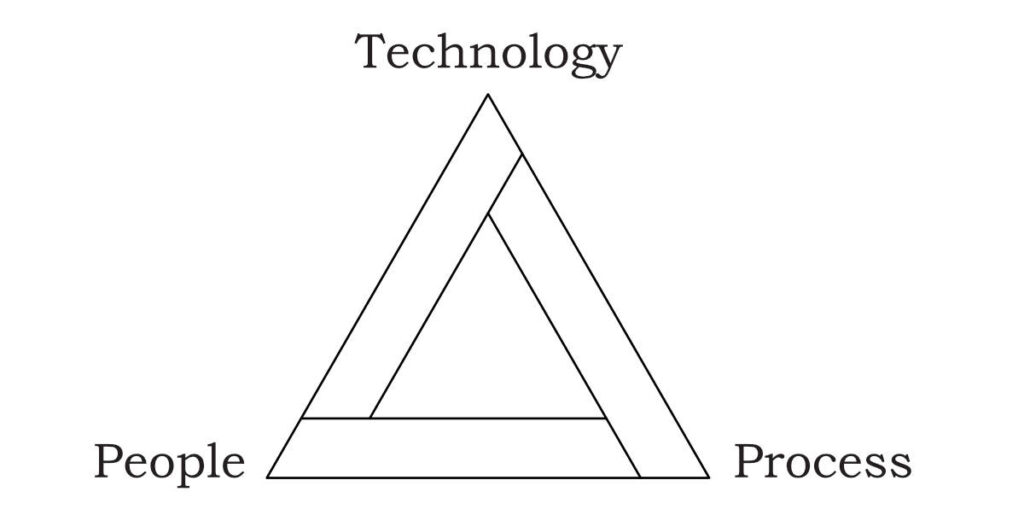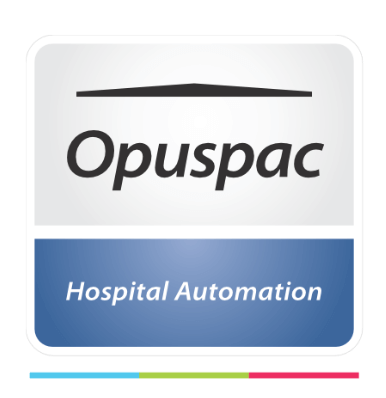The inspiration for this article came from the feeling of sharing important issues not mentioned so openly before. It was through participation as a listener in November/2022, in the webinar organized by the Healthcare Alliance and with the support of SindHosp and IQG (Qualisa Institute of Health Management) where it was possible to follow a rich debate between health professionals focused on Patient Safety .
Fundamental issues were addressed, such as the alert that, currently, in Health Institutions, the models of processes and protocols imposed and implemented on Quality and Patient Safety normally do not fit the reality of these institutions and generate bureaucracy without satisfactory results.
Even today the motto in health institutions is “Command and Control”. Processes and protocols are designed at higher levels and imposed on the professionals who will carry them out. Many, however, “don’t buy the idea” because they are out of touch with their routines and don’t apply them. Professionals do not participate in these issues and are “ordered” to comply and work as a team, an uncomfortable situation for many of them.
Such protocols and processes are imposed from the top down. Leaders and directors think about it, write and approve it, and only communicate to health professionals that they will apply such protocols. All without prior knowledge of the leaders about the institution’s routines, without understanding the diversities of its processes. We remind you that each one of them is in a different stage of maturity, with restricted models only to identify competences.
This situation leads us to an important point: it would be essential to involve all health professionals at the cutting edge of processes in the elaboration of care protocols and Patient Quality and Safety, taking into account all the differentials for applicability, the reality of the institutions and the existing processes, and encourage teamwork. Because these professionals are not prepared for this type of work in their academic training.
So how can this gear work properly and generate Quality for Patient Safety, even before implementing a Digital Transformation?
Only after reassessing existing processes and restructuring with interprofessional collaboration, should the implementation of digital technology/transformation be followed, remembering that it is associated with CULTURE + PEOPLE + DIGITAL COMPETENCE.
It is important to emphasize the need for health executives to know and understand social technology + physical technology.

This whole system is DIGITAL HEALTH: making processes more agile and digital with Patient Safety .
Every healthcare institution wants to undertake digital transformation, but executives still lack digital competence.
Health was born to be interdisciplinary, so there needs to be professionals who are prepared to work as a team and, later, go digital.
With the use of the KSA (term for KNOWLEDGE + SKILLS + ATTITUDES) in all spheres of the institutions, this journey would be facilitated.
In this sense, it is important to change the mindset of Health leaders and decision-makers, and management needs to keep up with the reality of integrated management .
With all this change associated with in-depth knowledge of internal processes, interprofessional collaboration of those involved in Quality and Patient Safety protocols and processes, the implementation of digital transformation and automation in hospitals becomes feasible, without major pain, and becomes part of of the reality of health.
Valéria Macabelli
Opuspac Corporate University
Opuspac Ltda












